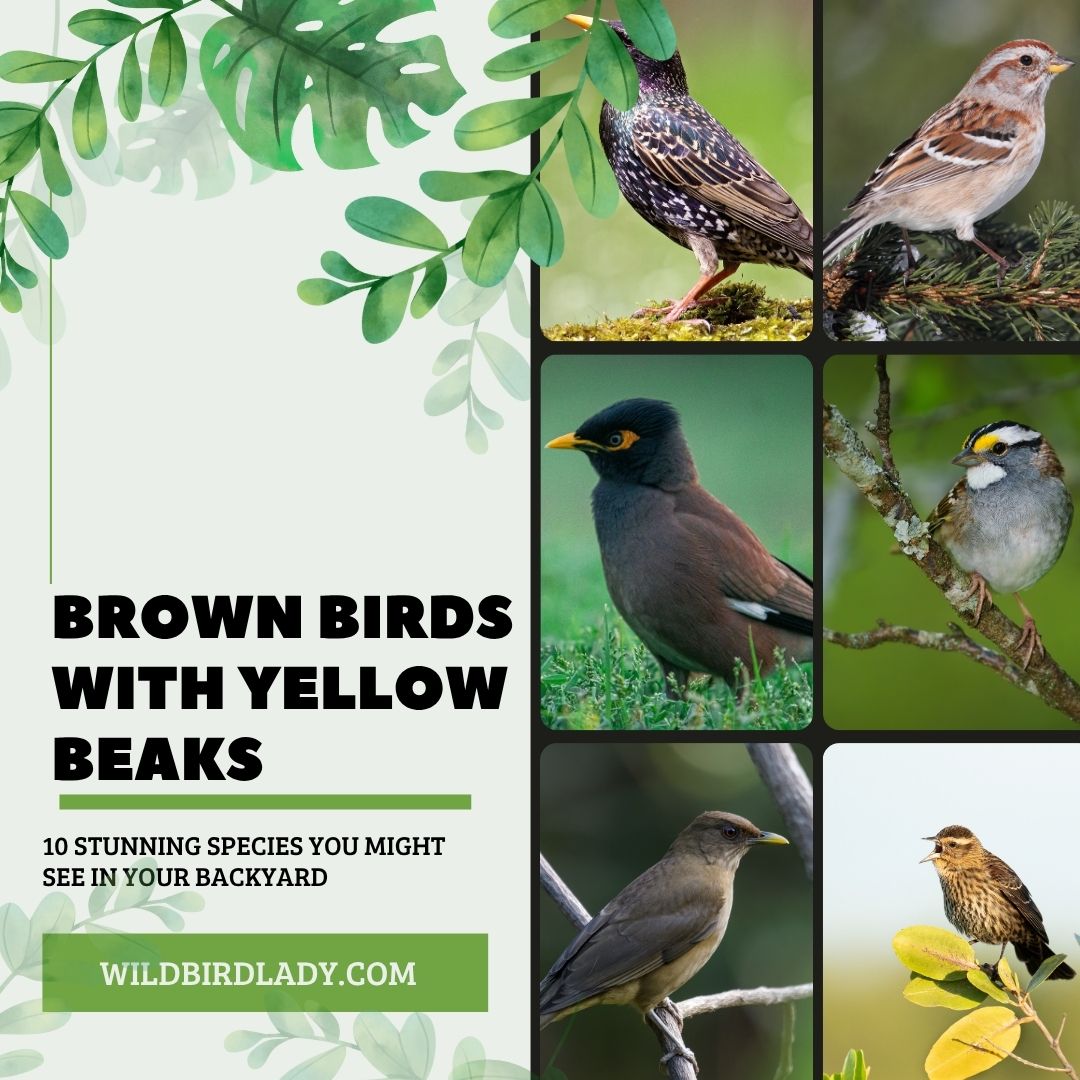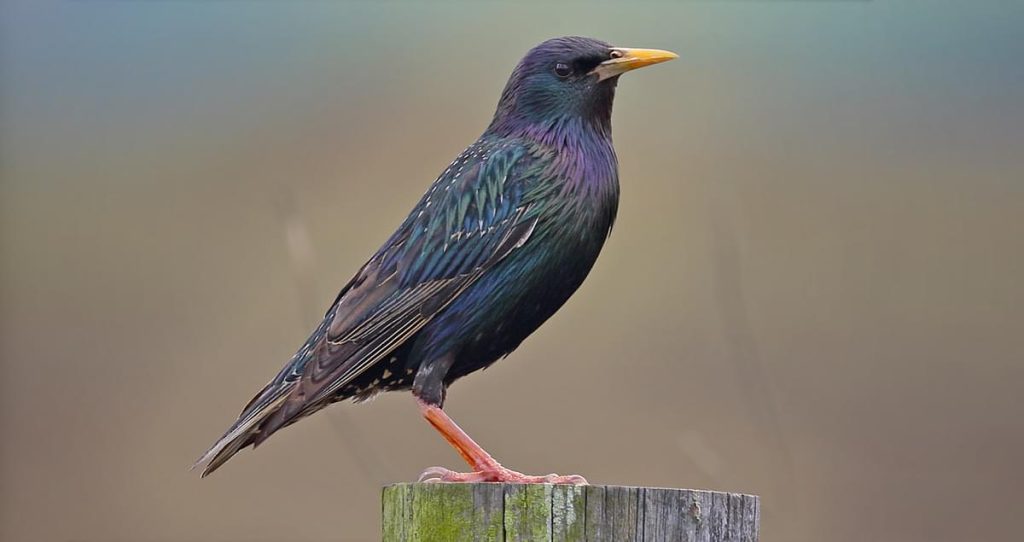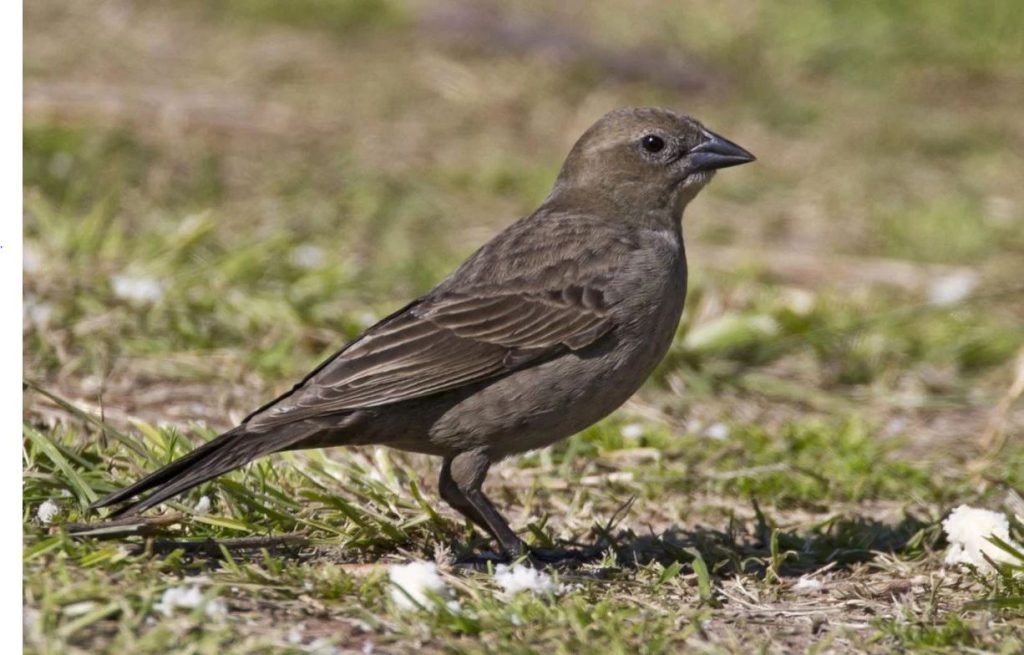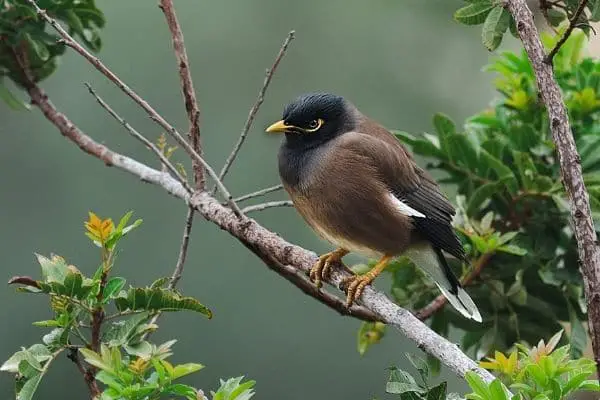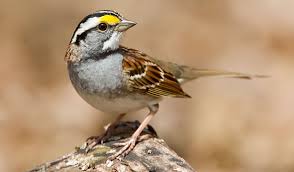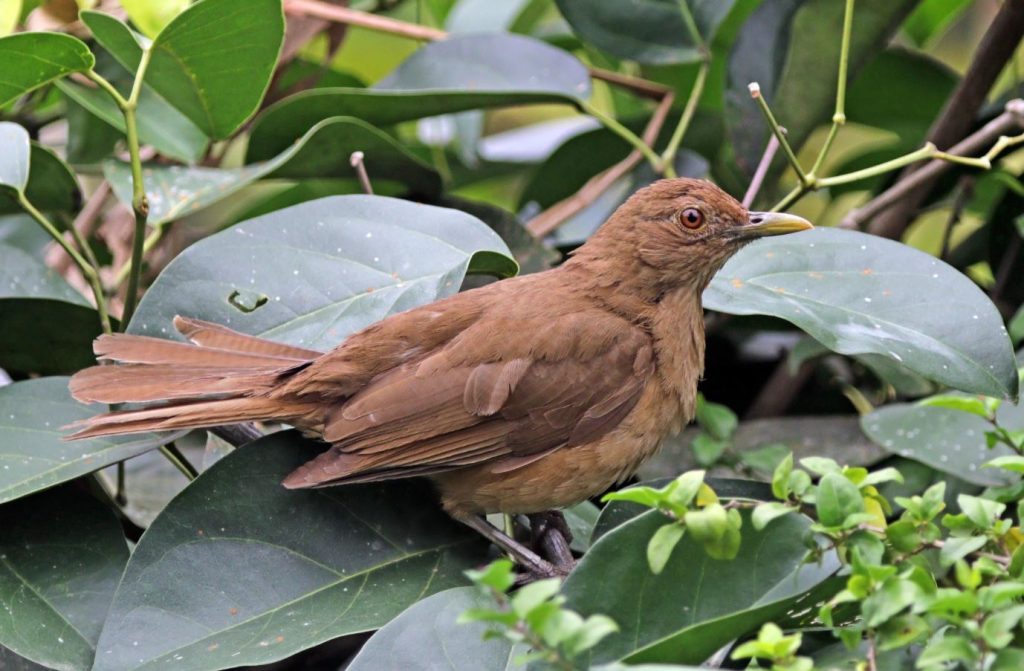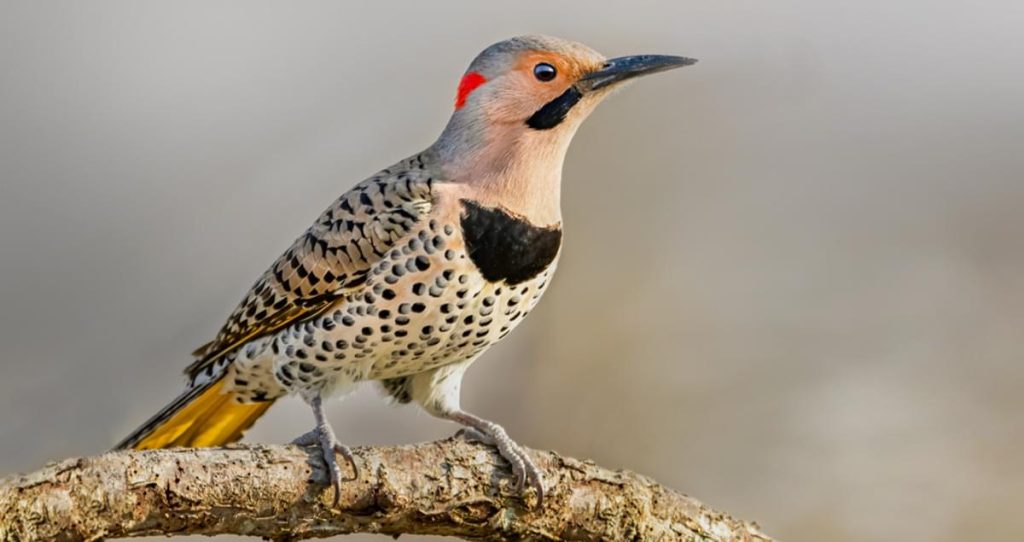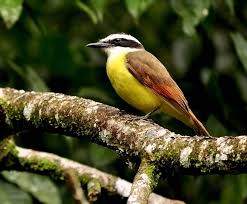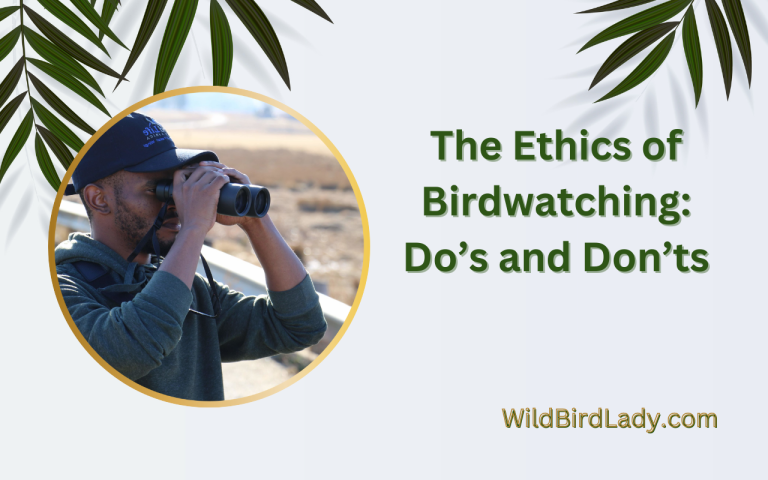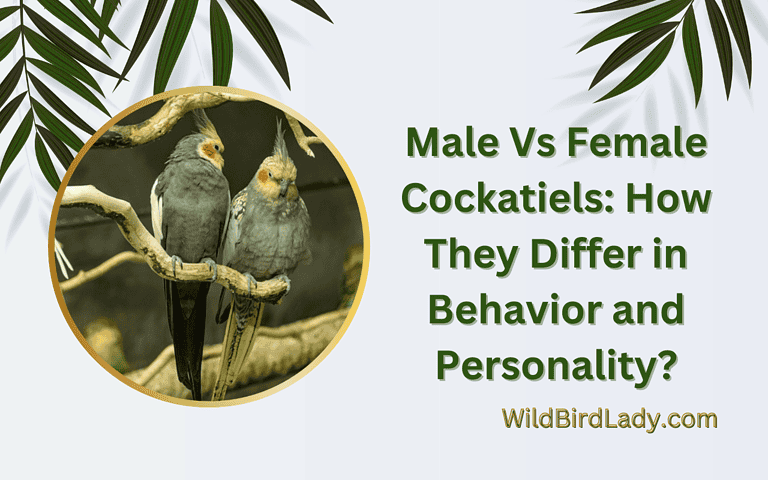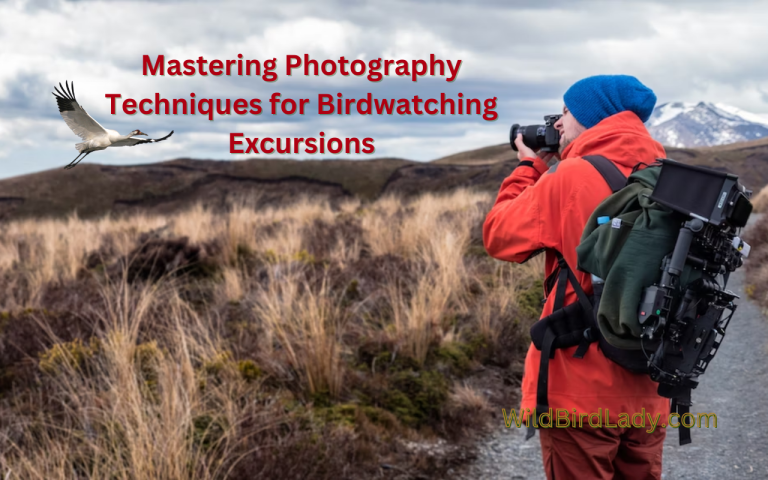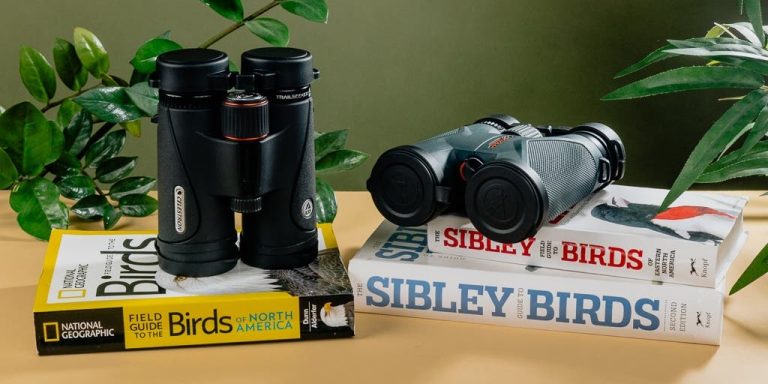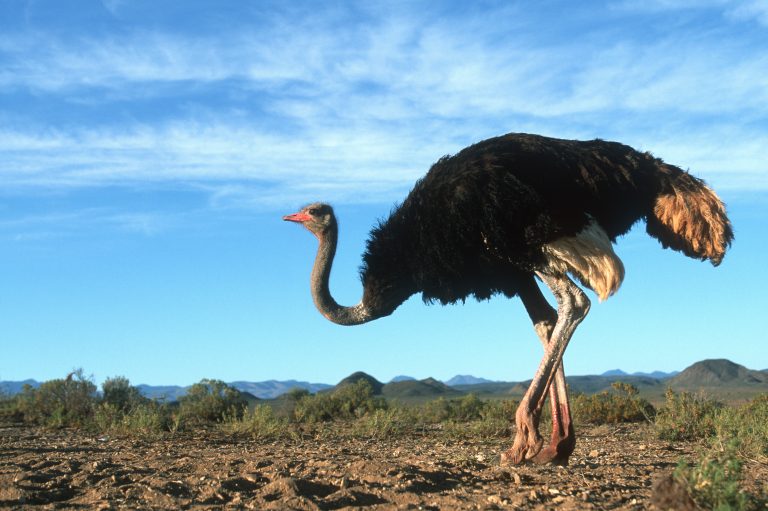Brown Birds With Yellow Beaks: 10 Stunning Species You Might See in Your Backyard
By Rifat Ahmed
Backyard birdwatcher with over 13 years of experience – based in Austin, Texas.
If you’ve ever looked out into your backyard and spotted a brown bird with a bright yellow beak, you’re not alone. These birds often stand out not because of flashy colors, but because of their subtle beauty and unique features. As a birdwatcher for over a decade, I’ve come to appreciate these little feathered neighbors more than most.
In this guide, I’ll walk you through 10 stunning brown birds with yellow beaks that you might encounter around your home. Whether you’re in a suburban backyard or rural countryside, these birds might just be closer than you think.
Top 10 Most Common Brown Birds With Yellow Beaks in North American Backyards
1. European Starling (Non-breeding plumage)
- Scientific Name: Sturnus vulgaris
- Size: 7.9 inches (20 cm)
- Beak: Bright yellow during breeding season
Despite their name, European Starlings are now widespread across North America. In spring and summer, they sport glossy dark feathers, but in fall and winter, their plumage turns more brownish with speckled spots. That bright yellow beak stays prominent in the breeding season.
Fun fact: These birds are fantastic mimics — they can imitate the calls of over 20 other bird species!
2. Brown-headed Cowbird
- Scientific Name: Molothrus ater
- Size: 7.5 inches (19 cm)
- Beak: Short and conical; yellowish in juveniles
Male cowbirds have shiny black plumage and brown heads, but females and juveniles appear brown all over with lighter yellowish bills. These birds are brood parasites — they lay eggs in the nests of other birds.
Watch for: Female cowbirds hopping in open grass or at feeders.
3. Common Myna
- Scientific Name: Acridotheres tristis
- Size: 9 inches (23 cm)
- Beak: Yellow and slightly curved
Native to Asia but now found in parts of Florida and Hawaii, the Common Myna is hard to miss. It has dark brown plumage with a jet-black head and a striking yellow beak and eye patch.
Behavior: Extremely vocal and often seen walking on the ground in pairs.
4. White-throated Sparrow
- Scientific Name: Zonotrichia albicollis
- Size: 6.5 inches (16.5 cm)
- Beak: Pale yellow
Though primarily gray and brown, these sparrows have a charming yellow patch above the beak and a yellowish bill. Their sweet, whistling song is often heard in the early mornings of spring.
Rifat’s tip: Toss some millet on the ground near shrubs — these guys love to forage there.
5. Clay-colored Thrush (formerly Clay-colored Robin)
- Scientific Name: Turdus grayi
- Size: 9.5 inches (24 cm)
- Beak: Bright yellow to orangey-yellow
This bird is the national bird of Costa Rica but has been expanding its range into southern Texas. It’s a medium-sized, soft brown bird with a distinctive yellow-orange bill.
Call: Melodic and flute-like — very soothing in the morning hours.
6. Female Red-winged Blackbird
- Scientific Name: Agelaius phoeniceus
- Size: 7.5 inches (19 cm)
- Beak: Often dark, but juveniles and some females show yellowish hues
Unlike their flashy red-and-black male counterparts, female Red-winged Blackbirds are brown and heavily streaked with hints of yellow around the bill.
Best seen: In marshy or wetland areas with tall grasses.
7. American Tree Sparrow
- Scientific Name: Spizelloides arborea
- Size: 6 inches (15 cm)
- Beak: Bicolor — yellow lower mandible, dark upper mandible
This winter visitor is a soft mix of brown, rust, and gray with a distinctive yellow lower beak. They’re friendly little birds that gather in flocks and aren’t shy about feeders.
Feeder favorite: Cracked corn and black oil sunflower seeds.
- Scientific Name: Colaptes auratus
- Size: 12 inches (30 cm)
- Beak: Grayish-yellow, slightly curved
8. Northern Flicker (Colaptes auratus)
Though technically a woodpecker, the Northern Flicker behaves quite differently. Brown-bodied with black spots and a yellow underwing (eastern form), this bird’s slightly yellowish bill helps distinguish it when seen up close.
Rifat’s note: You’ll often find them on the ground hunting ants — a rare behavior for woodpeckers.
9. Great Kiskadee
- Scientific Name: Pitangus sulphuratus
- Size: 10 inches (25 cm)
- Beak: Large and yellow-based
Seen in parts of Texas and Mexico, this chunky flycatcher has a bold black-and-white head pattern, brown wings, and a loud personality. While its bill is mostly dark, the base can appear yellow in good lighting.
Vocal call: “Kis-ka-dee!” (That’s where it gets its name.)
10. Eastern Towhee (Female)
- Scientific Name: Pipilo erythrophthalmus
- Size: 7.5-8.5 inches (19-22 cm)
- Beak: Short, conical; yellowish to ivory in some females
These chunky sparrows are often overlooked, but the female towhee is a rich brown with rufous sides and a pale, sometimes yellowish bill. You’ll hear them before you see them — their call sounds like “drink your tea!”
Habitat tip: They love leaf litter — don’t clean up your whole yard if you want to see them.
How to Attract Brown Birds With Yellow Beaks to Your Yard
As someone who’s spent over 13 years birdwatching from the comfort of my own backyard, I can say this: attracting brown birds with yellow beaks doesn’t require a fancy setup — just a bit of care, some natural cover, and the right kind of food and water. These birds aren’t flashy, but they reward you with gentle beauty and subtle charm. Here’s how you can invite them in.
1. Offer a Diverse Buffet of Foods and Feeders
Different birds feed in different ways. That’s why I always recommend using multiple types of feeders — tube feeders for sparrows and finches, platform feeders for larger birds, and suet cages for woodpeckers like the Northern Flicker. I also scatter a handful of seed on the ground near shrubs for towhees and ground-foragers.
Feed to include:
- Black oil sunflower seeds
- White millet
- Cracked corn
- Suet cakes (especially in colder months)
This variety brings a variety — simple as that.
2. Provide Clean Water — Moving Water is Even Better
Food alone isn’t enough. Birds need fresh water to drink and bathe. A shallow birdbath with a rough surface gives them a safe spot. Add a small rock in the center for perching, and if possible, invest in a solar-powered fountain. The movement of the water catches their eye and helps keep it mosquito-free.
Pro tip: In winter, a heated birdbath is a lifesaver for non-migrating species.
3. Plant Native Shrubs, Trees, and Grasses
If you really want to create a bird paradise, go native. Plants that naturally grow in your region are more likely to support local insect life — and insects are a vital protein source, especially during nesting season.
Try these for starters:
- Serviceberry
- Elderberry
- Oak (supports hundreds of caterpillar species)
- Native grasses like little bluestem or switchgrass
These also double as nesting and hiding spots.
4. Don’t Over-Tidy Your Yard
It might go against your instincts, but leaving parts of your yard a little messy actually helps birds. Brush piles, leaf litter, and unmowed corners offer natural shelter, insect-rich foraging, and protection from predators.
For example, Eastern Towhees and American Tree Sparrows love scratching through fallen leaves for seeds and bugs. I call it “letting the yard breathe.”
5. Avoid Pesticides, Herbicides, and Synthetic Fertilizers
If you eliminate insects, you eliminate a bird’s pantry. By keeping your yard chemical-free, you’re not only keeping the soil healthy — you’re also ensuring birds have access to the bugs they need. Especially in spring, when adult birds are feeding their chicks, insects are critical.
Remember: A healthy yard is a buzzing yard. That’s a good thing.
Frequently Asked Questions (FAQ)
Q1: Why do some birds have yellow beaks?
A yellow beak often indicates high levels of carotenoids in a bird’s diet. It can also signal health and vitality, especially during mating season.
Q2: Do male and female birds have different beak colors?
Yes, in some species. For example, female and juvenile cowbirds may have more yellowish bills compared to males. In others, beak color changes with age or breeding status.
Q3: Can I feed all these birds the same type of seed?
Not exactly. While black oil sunflower seeds are a great general option, some birds prefer millet, cracked corn, or suet. It’s best to offer a variety to attract a wider range.
Q4: Are any of these brown birds considered invasive?
Yes, the European Starling and Common Myna are non-native and often compete with native birds for nesting sites.
Q5: What’s the best time to spot these birds?
Early morning is prime birdwatching time. Spring and fall migration periods also bring more species through your yard.
Final Thoughts
Not all beautiful birds are brightly colored. Many of these brown birds with yellow beaks have subtle charm, interesting behavior, and important roles in our local ecosystems. By recognizing and appreciating them, you’ll open a whole new window into the natural world right outside your home.
If you’re starting your birdwatching journey, grab a pair of binoculars, download a birding app, and just take a seat near a window or feeder. You’d be amazed how many feathered friends are waiting to be discovered.
Happy birding!
— Rifat Ahmed
Want more backyard bird tips? Check out wildbirdlady.com for expert guides and real-life stories from a fellow bird lover.
Read Also: Black and White Birds: 10 Striking Species You Can Spot in Your Backyard

